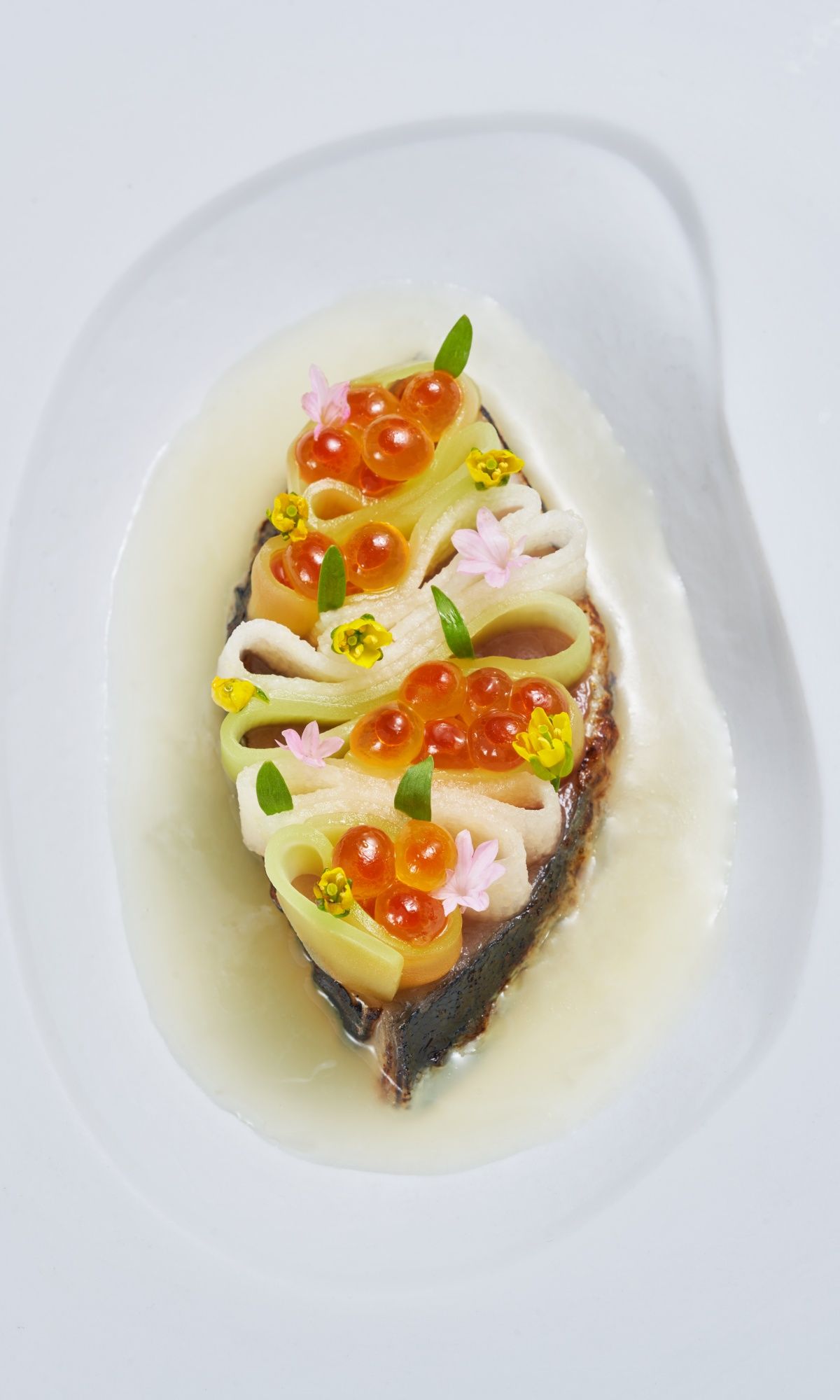Get to know and love wampee, or huang pi, the most underrated juice bomb of summer
Wampee, the juicy fruit that imparts a sour, earthy aroma, is often overlooked during the summer season. This curious Asian fruit, also known as wanpi or huang pi (literally “yellow skin” in Mandarin), grows in abundance but has an extremely short season of three weeks anytime between July and September—you'll miss out on it if you're not paying attention.
While not as ubiquitous as longan and lychee, wampee is every bit as tasty and delicious as other summer fruits, and is supremely versatile. Eat them fresh during the season if you can find them—but if you miss the small window, wampee can also be found dried, preserved as jams, pickled, and in soups (it's often touted as a health ingredient by Chinese medicine practitioners). The endless possibilities of the wampee fruit are certainly worthy of exploring.
Where and when
The fruit is grown predominantly in Southern China on trees that reach between three to eight metres in height, which blooms in early spring and fruits for a good three weeks between July and September each year. While Hong Kong gets a generous shipment of wampee imported from mainland China, several farms in New Territories also produce wampees of impressive quality—seek them out at your local market.
How to look out for it
The wampee fruits, oval and light brown in colour, are often mistaken as longans despite a distinctive difference in aroma and flavours.
The defining characteristics of ripened wampee fruit is its appearance. Hanging in bunches on trees, the fruits turn a darker, almost muddy yellow before they are ready to be harvested. The ripened fruits are sold in bunches complete with its leaves and branches. The fruits are oval-shaped, and slightly bigger than a glass marble. The tiny olive-shaped fruit turns rounder as it ripens. The peel has a light fuzz on it, which requires thorough cleaning before consumption. The ripened wampee fruit imparts a citrusy aroma, while the translucent flesh takes on a milky white colour, and the taste most resembles a sweet kumquat. The juicy flesh wraps around two to three inedible olive-shaped pits. It is crucial to purchase and enjoy fruits that are round and plump, two characteristics that indicate ripeness, as sour wampee flesh may make the lips pucker with a bitter aftertaste.
Related: Beyond Burgers: Asia Puts A Twist On Sustainable Meat Alternatives


